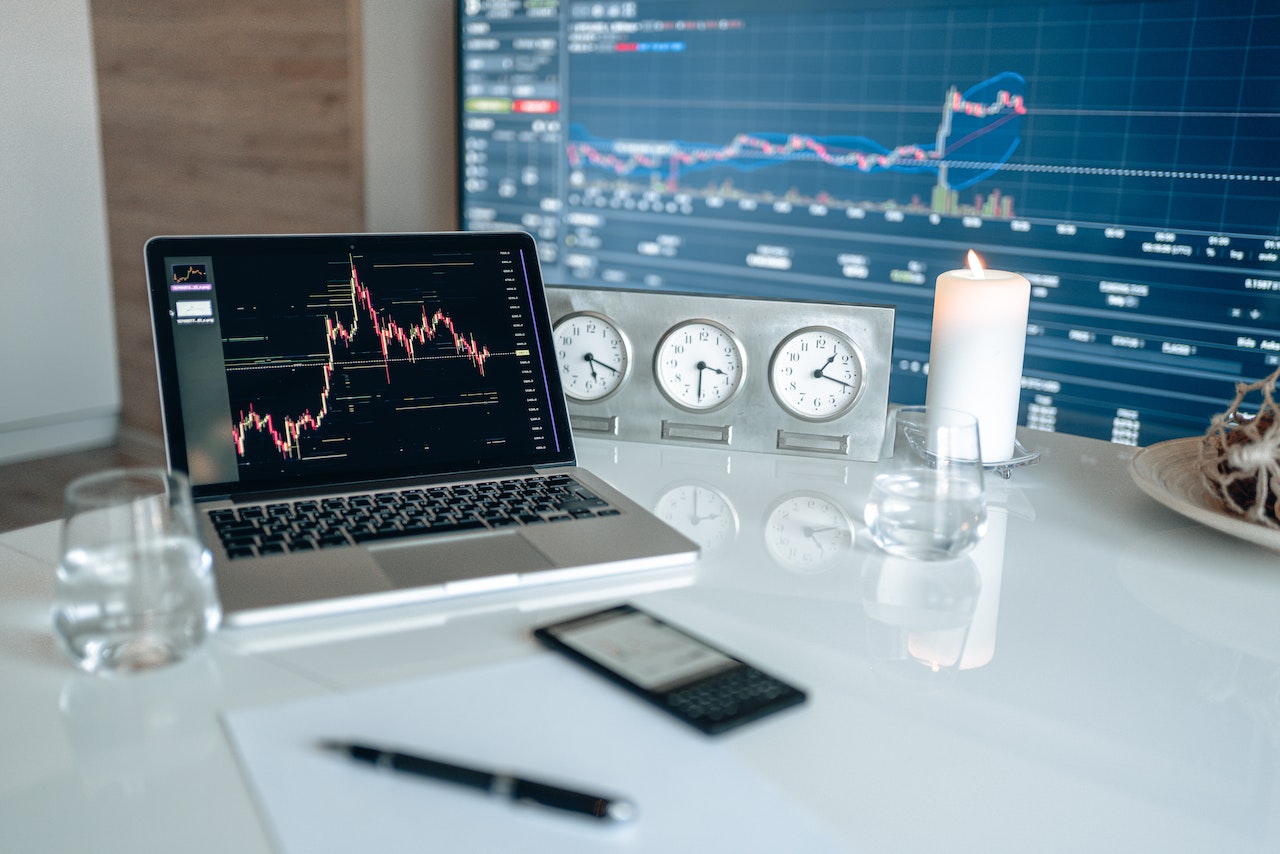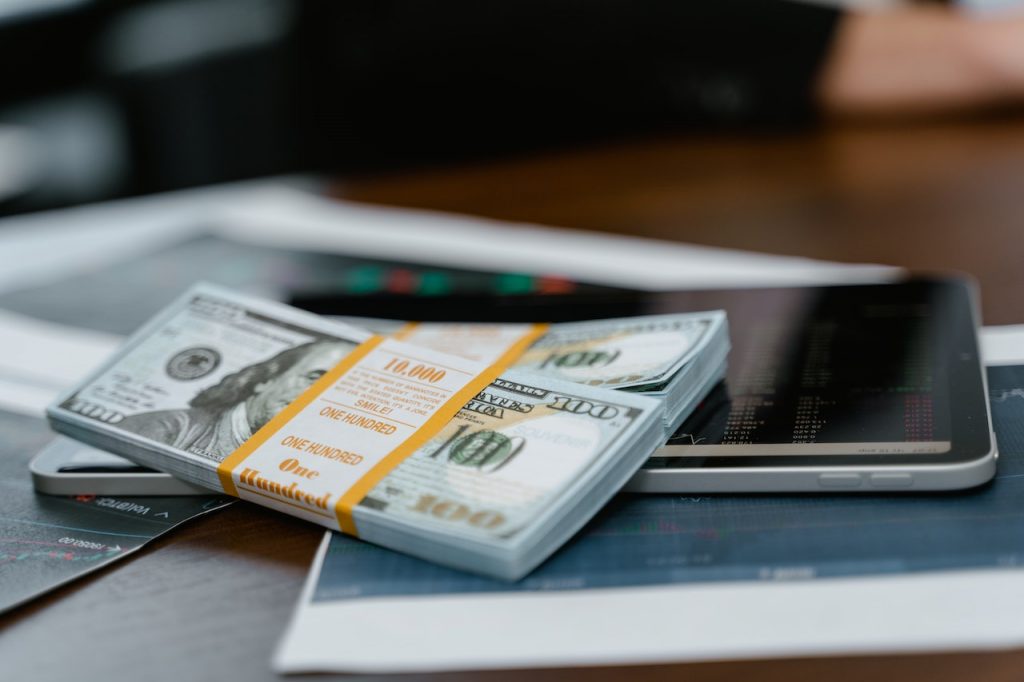
James Carter
Breaking News: Bitcoin Price Dips On Hot US Inflation

Bitcoin was last trading in the low $23,000s, down more than 3% from the day before. BTC/USD fell back below its 21-day moving average for the first time in almost two weeks after a hotter-than-expected US Core PCE inflation report, which makes it more likely that the US Federal Reserve will keep interest rates at higher levels for longer. According to the most recent report, both MoM and YoY price pressures rose unexpectedly in January, to 0.6% and 4.7%, respectively.
Bitcoin Price Dips On Hot US Inflation
Because of this, the US money markets think there is a 40% chance that the Fed will raise interest rates by at least 25 basis points at each of its next four meetings. Before Friday’s data, the money market implied that there would be at least four more 25-bps rate hikes in the next four meetings. A month ago, the markets didn’t think it was likely that rates would go up by another 100 basis points.
Because of this, the US dollar is getting stronger, US yields are going up, and US stocks are selling off again, which is bad news for the risk-sensitive crypto asset class. As they continue to look at the future of US monetary policy, Bitcoin traders will keep an eye on the next big US data releases and how Fed officials talk about them.
But it looks like worries about the Fed getting stricter will continue to hurt crypto in the short term. In fact, fears that the Fed will tighten monetary policy are likely the main reason why Bitcoin’s price has dropped from its previous monthly highs in the low $23,000s. But even though a drop back to the 50DMA around $22,000 or even a retest of recent lows around $21,400 is possible, Bitcoin bulls can take comfort in a few recent developments in the options market that suggest the 2023 bull market is probably still on track.
Market Signs for Bullish Options
On Wednesday, the value of all existing options contracts, or the “aggregated open interest” of Bitcoin options on the major crypto derivatives exchanges, hit its highest level in almost 10 months, at $7.83 billion. Options are a more complicated investment tool that “sophisticated” investors usually use to hedge and bet on the direction of prices.
Because of this, many people think that an increase in the Open Interest in Bitcoin Options means that institutions are getting back into the market. Institutional adoption has been a big story in Bitcoin bull markets in the past, and it could be a big story again if Open Interest goes back up to its record highs above $14 billion in 2021.
In other news, Deribit’s Bitcoin Volatility Index (DVOL) is still very close to its lowest point ever. It was last at 53 on Friday. It had been as high as 60 earlier in the week. That’s not too much higher than the record low it hit earlier this year, which was 43. When the cryptocurrency market is going down, the DVOL tends to go up. So, the fact that it stays stable is a good sign.
The 25% Delta Skew of Bitcoin Options with expiration dates of 7, 30, 60, 90, and 180 days all stayed slightly above zero on Friday, indicating that the market is still slightly bullish. In fact, the 180-day 25% Delta Skew, which was last at 2.74, is not far below its highest level in more than a year, which was 3.28 in January.

Those with a 25% delta. Skew is often used as a proxy for how much trading desks are overcharging or undercharging investors for protection against the market going up or down through the put and call options they sell. With a put option, an investor has the right but not the obligation to sell an asset at a certain price. With a call option, an investor has the right but not the obligation to buy an asset at a certain price.
A 25% delta options skew above 0 means that desks are charging more for call options than for puts that are the same. This means that there is more demand for calls than puts, which can be seen as a sign that investors are more eager to protect themselves against a rise in prices or bet on one.
Latest
Bitcoin
09 May 2024
Bitcoin
19 Apr 2024
Bitcoin
16 Jan 2024
Bitcoin
31 Aug 2023
Bitcoin
24 Jun 2023
Bitcoin
24 Jun 2023













